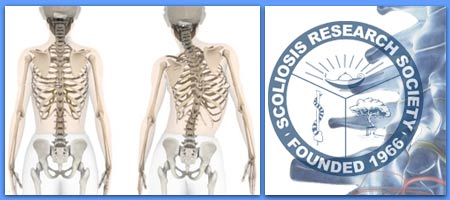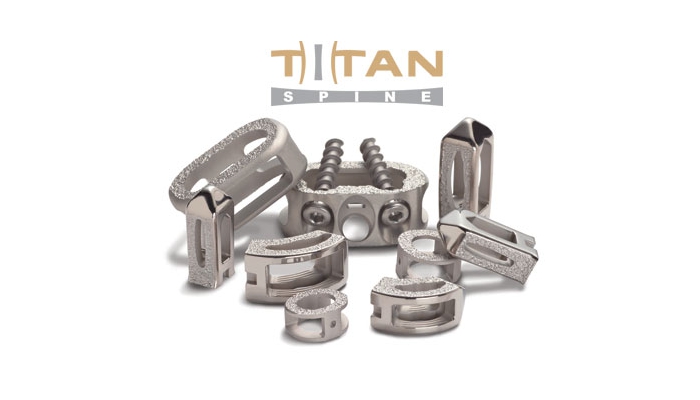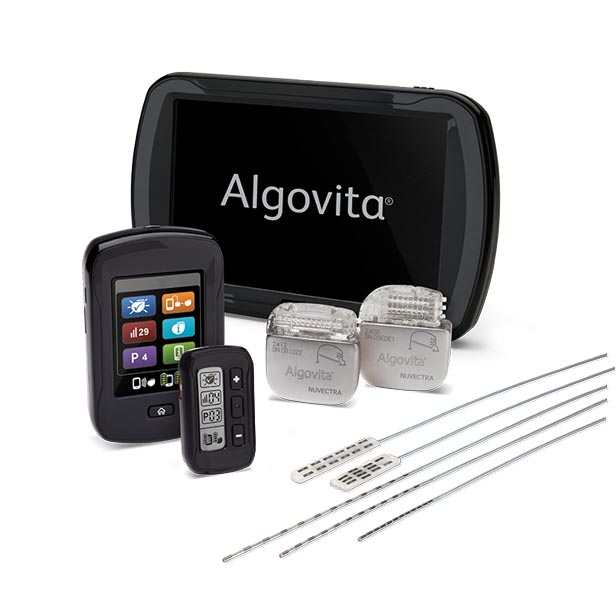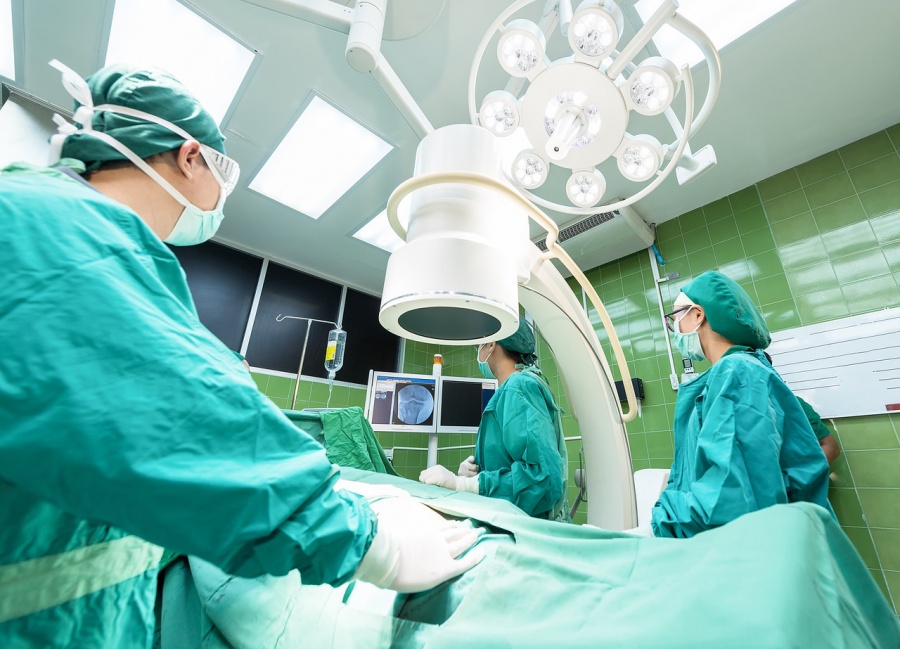SCOTTSDALE, ARIZONA (PRWEB) SEPTEMBER 14, 2017
Ortho Sales Partners, a global leader in orthopedic sales commercialization services, is excited to announce the addition of Tim Hein as Vice President of Market Development, further filling out its team of orthopedic and spine industry veterans. Mr. Hein has spent his career introducing disruptive technologies to the market and has experienced great success as part of landscape changing acquisitions while at Kyphon and LDR Spine.
Mr. Hein provides yet another example of the commitment Ortho Sales Partners has made to its clients by attracting the industry’s top talent. Primary functions that Mr. Hein will lead fall in the areas of both strategic and tactical sales execution. Leveraging over 16 years of experience creating and managing high functioning, results oriented sales teams, Mr. Hein has developed processes that create predictable growth and success. A graduate of the United States Military Academy at West Point, Mr. Hein has demonstrated leadership and focus in each of his corporate roles.
Mr. Hein’s career progression is steady and has provided some of the best experiences and perspective available in the spine industry. With a career that started at JNJ, Mr. Hein was quickly promoted to Regional Sales Director at DePuy Spine. In 2006, he was recruited by Kyphon which was acquired by Medtronic for $4.2 Billion. In 2009 Mr. Hein joined LDR Spine, an early stage company with disruptive spinal technology, as a Regional Director of Sales. Mr. Hein was a key executive during his more than seven years at LDR Spine, culminating in the role as Area Vice President of Sales-West. He was retained by Zimmer Biomet after it acquired LDR Spine for $1 Billion prior to joining the sales leadership team at Ortho Sales Partners.
“I am very pleased to join Ortho Sales Partners and add to the comprehensive services offered” said Hein. “I look forward to the opportunity to work with clients in support of their success in a very dynamic market and time in our industry.”
“The addition of someone with Tim Hein’s pedigree is humbling for our team” said Josh Sandberg President, Ortho Sales Partners. “Tim will allow us to offer clients hands on focus and experience that will allow them to avoid common pitfalls of commercializing new products. His ability to consistently bring novel disruptive technologies to the market and succeed is a rare talent and we look forward to leveraging his experience to the benefit of our clients.”
_____________
About Ortho Sales Partners
Ortho Sales Partners has created a unique platform to help companies in any stage commercialize their products in a very efficient way. We have worked closely with many organizations such as:
- A surgeon with a product idea and limited financial wherewithal to properly execute a sales plan.
- OUS companies looking to establish or enhance their presence in the United States.
- Companies with recent FDA approval in need of a strategic sales plan validated against current market conditions.
- Established companies looking for sales and marketing horsepower to properly launch a new product.
Our services are geared to meet you where you are today and help your business grow by utilizing proven industry executives that bring you an objective analysis and recommendations going forward. Our market knowledge is based on current trends and competitive analysis from industry stalwarts from some of the highest growth companies.
Ortho Sales Partners’ headquarters are in Scottsdale, Arizona but we have several offices across the US. (http://www.orthosalespartners.com)









